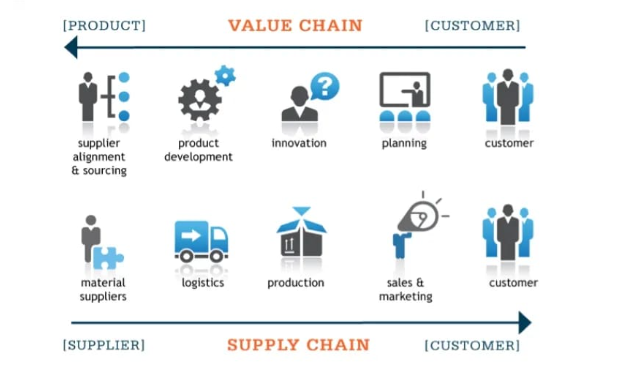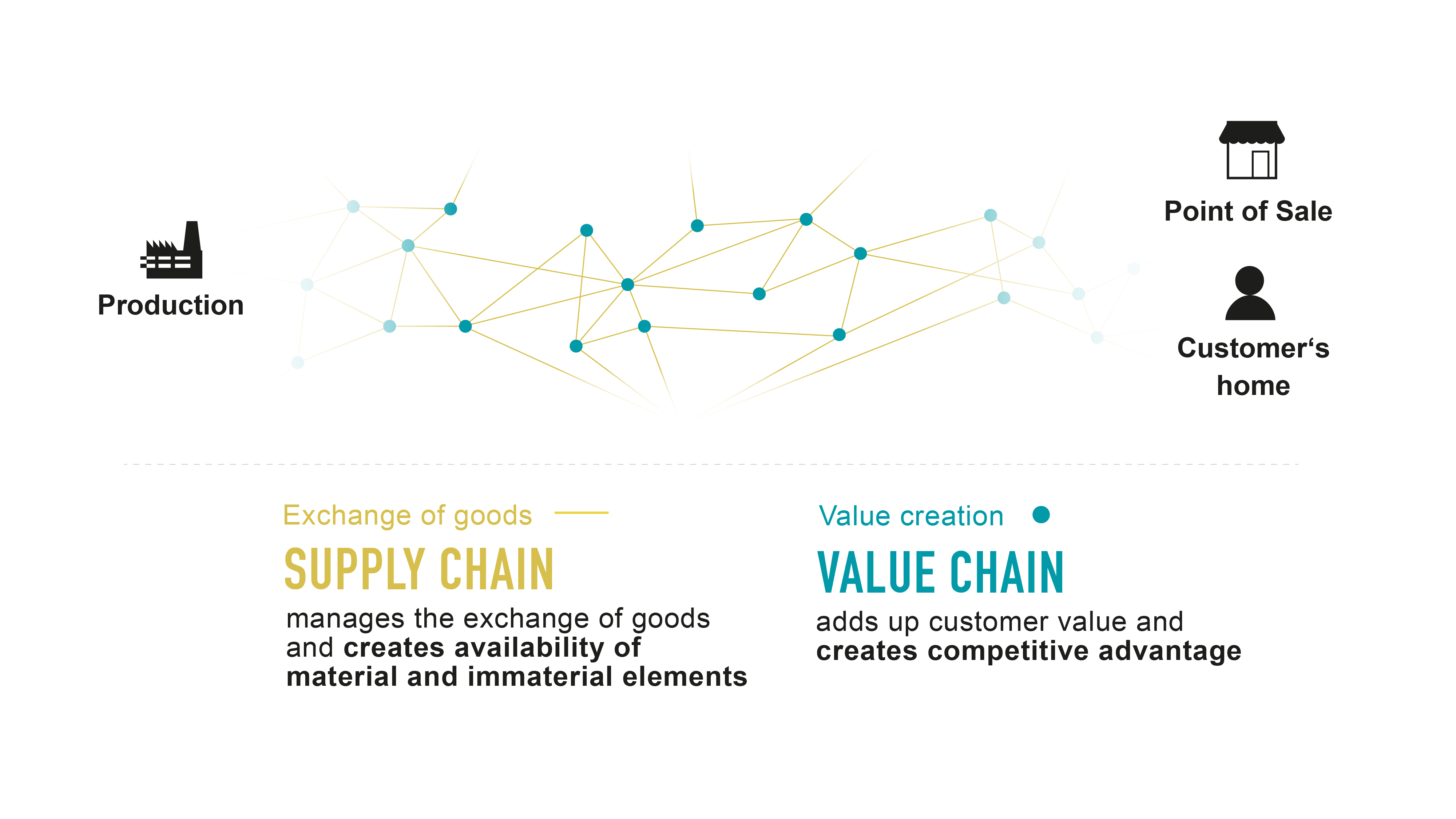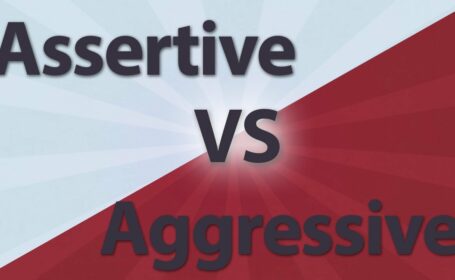

Value Chain vs. Supply Chain: The Quintessential Guide for Global Workforce Solutions
- trienkhaiweb
- 16 December, 2024
- 0 Comments
In today’s interconnected business landscape, understanding the nuances between value chain and supply chain is paramount for companies like Quinn Vietnam Manpower, a leader in global workforce solutions. Though these terms are often used interchangeably, they represent distinct yet interwoven concepts that can significantly influence a company’s success in the manpower industry.
Unraveling the Supply Chain in Manpower Recruitment
The supply chain, in the context of manpower recruitment, encompasses the entire network of organizations, individuals, resources, activities, and technologies involved in sourcing, recruiting, training, and deploying workers to meet the demands of international markets. This intricate web includes:
- Sourcing: Identifying potential workers with the desired skills and qualifications.
- Recruitment: Attracting and selecting suitable candidates through various channels.
- Training: Equipping workers with the necessary skills and knowledge to perform their roles effectively.
- Deployment: Managing the logistics of transporting workers to their destination countries.
- Compliance: Ensuring adherence to legal and regulatory requirements in both the source and destination countries.
Supply chain management, in this context, focuses on optimizing the flow of manpower resources, information, and finances throughout the recruitment process. By streamlining these processes, companies like Quinn Vietnam Manpower can reduce costs, shorten lead times, and ensure a consistent supply of qualified workers to meet the demands of their clients.

The Value Chain: Adding Value to the Manpower Equation
Introduced by Michael Porter in 1985, the value chain concept provides a framework for understanding how companies create value through a series of interconnected activities. In the manpower industry, this includes:
- Inbound Logistics: Receiving and processing applications from potential workers.
- Operations: Evaluating, selecting, and preparing candidates for deployment.
- Outbound Logistics: Coordinating the travel and placement of workers.
- Marketing and Sales: Promoting the company’s services to clients and attracting potential workers.
- Service: Providing ongoing support to both clients and workers throughout the employment lifecycle.
Value chain management involves strategically coordinating these activities to maximize value creation at each stage. This includes identifying and eliminating inefficiencies, enhancing the quality of services, and differentiating the company’s offerings in the competitive manpower market.
Key Differences: Value Chain vs. Supply Chain in Manpower
While both value chain and supply chain aim to deliver qualified workers to employers, they differ in several key aspects:
| Aspect | Value Chain | Supply Chain |
|---|---|---|
| Focus | Internal activities within the manpower company (adding value at each stage) | Entire network of organizations involved in sourcing, recruiting, and deploying workers |
| Scope | Limited to the company’s internal operations | Encompasses all entities involved in the manpower recruitment process |
| Perspective | Customer-centric (meeting client and worker needs) | Operational (optimizing the flow of manpower resources) |
Quinn Vietnam Manpower: Leveraging Both Chains for Success
Quinn Vietnam Manpower excels by understanding and strategically managing both the value chain and the supply chain. By optimizing internal processes and collaborating with a vast network of partners, Quinn ensures a seamless and efficient recruitment experience for both employers and workers.

In Conclusion
While the value chain and supply chain represent distinct concepts, they are inherently intertwined in the manpower industry. Companies like Quinn Vietnam Manpower recognize the importance of both, leveraging their unique aspects to deliver comprehensive workforce solutions that meet the evolving demands of the global market.
Related articles
11 Universal Truths That Fuel Successful Research in Manpower Management
In today’s rapidly evolving business landscape, staying ahead of the curve requires a commitment to ongoing research and analysis. This is especially true in the field of manpower management, where understanding trends and adapting to change is crucial for success. Whether you’re a seasoned HR professional or a business leader seeking to optimize your workforce,…
17 Essential Management Skills for Success
The business landscape is constantly evolving, and 2025 promises to bring new challenges and opportunities for managers across all industries. While there’s no magic formula for becoming a great leader, cultivating a strong set of management skills is crucial for navigating the complexities of the modern workplace. This article, brought to you by Quinn Vietnam…
20 Qualities of a True Leader in the Manpower Industry
Leadership in the manpower industry requires a unique blend of skills and attributes. At Quinn Vietnam Manpower, we recognize the importance of strong leadership in driving success for our clients and partners. As we move into 2025, the demands on leaders are evolving, requiring adaptability, vision, and a deep understanding of the changing dynamics of…
Aligning Purpose and Objectives for Manpower Success
In the dynamic landscape of manpower management in 2025, understanding the difference between purpose and objectives is crucial for organizational success. Quinn Vietnam Manpower recognizes that a clear articulation of purpose and well-defined objectives are essential for driving performance, fostering employee engagement, and achieving strategic goals. This article delves into the critical distinction between purpose…
Assertive vs. Aggressive Leadership: Finding the Balance
In today’s dynamic business environment, effective leadership is crucial for success. Leaders need to be assertive to drive results, inspire their teams, and navigate challenges. However, there’s a fine line between assertiveness and aggression, and crossing it can create a toxic work environment, hinder productivity, and damage morale. This article, brought to you by Quinn…
Attracting Gen Z Talent: A Guide by Quinn Vietnam Manpower
The landscape of the workforce is constantly evolving, and in 2025, Generation Z (Gen Z) is a dominant force. Born after 1995, this generation brings a unique set of values, priorities, and expectations to the workplace. For Quinn Vietnam Manpower, understanding and adapting to these characteristics is crucial for attracting and retaining top talent. This…







